Home>Storage & Organization>Kitchen Organizing Tools>Why Cat Won’t Pee In The Litter Box
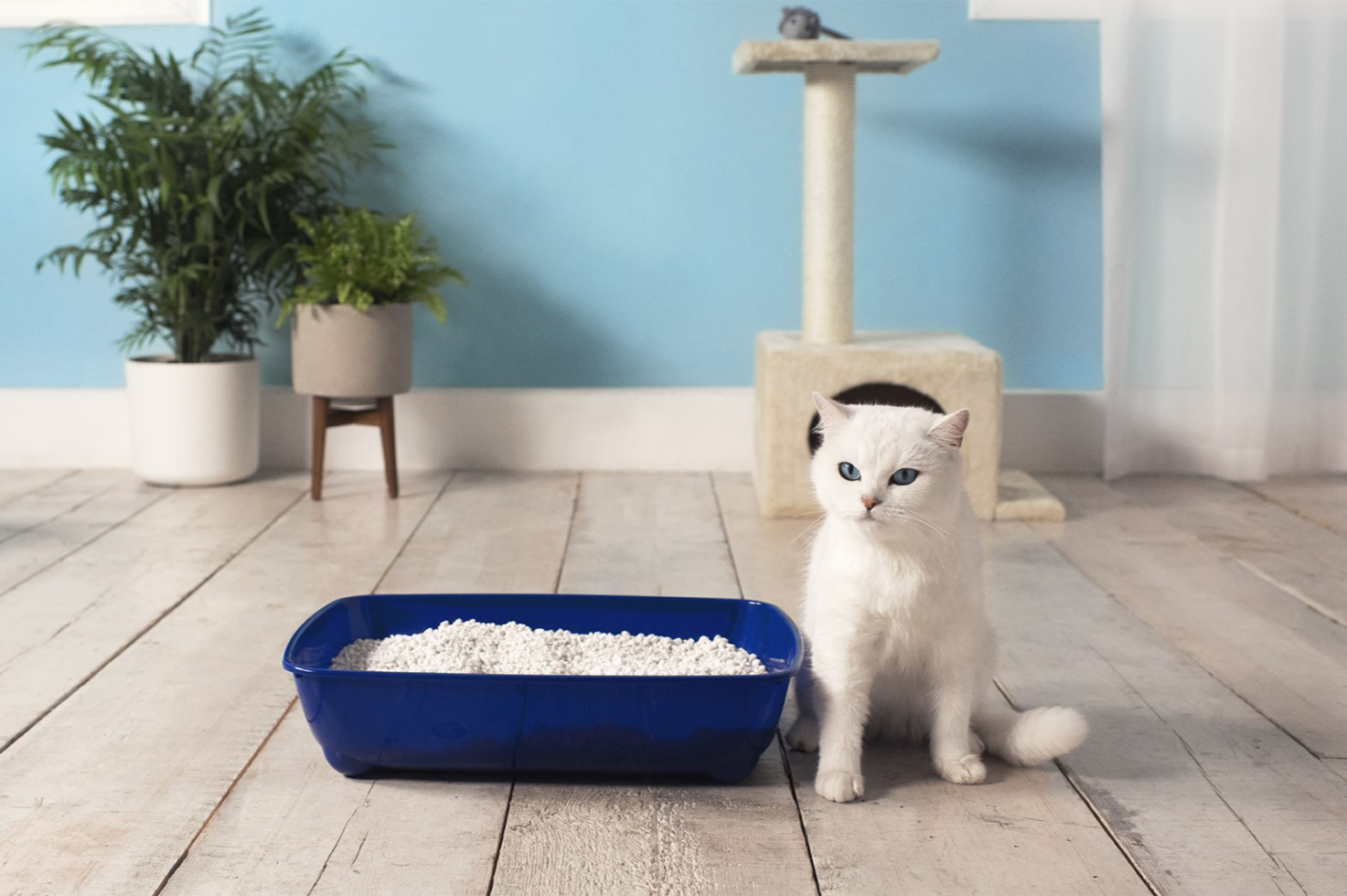

Kitchen Organizing Tools
Why Cat Won’t Pee In The Litter Box
Modified: March 2, 2024
Discover the best kitchen organizing tools to keep your space clutter-free and efficient. Find out why your cat won't pee in the litter box and how to solve the issue. Unlock practical solutions now!
(Many of the links in this article redirect to a specific reviewed product. Your purchase of these products through affiliate links helps to generate commission for Storables.com, at no extra cost. Learn more)
Introduction
Cats are beloved companions, known for their independent nature and endearing quirks. However, when a cat refuses to use the litter box, it can be a source of frustration and concern for pet owners. Understanding the reasons behind this behavior is crucial for addressing the issue effectively. In this comprehensive guide, we will delve into the various factors that may contribute to a cat's reluctance to use the litter box. By gaining insight into the cat's behavior, potential medical issues, litter box preferences, environmental stressors, and behavioral problems, we can equip ourselves with the knowledge needed to support our feline friends and create a harmonious living environment for both cats and their human companions.
Key Takeaways:
- Cats may avoid the litter box due to instinctual cleanliness, territorial marking, sensitivity to change, and health issues. Understanding these factors helps create a harmonious environment for our feline friends.
- Pay attention to your cat’s litter box preferences, potential medical issues, environmental stressors, and behavioral problems to promote positive litter box habits. Creating a supportive environment is essential for your cat’s well-being.
Understanding the Cat's Behavior
Understanding a cat's behavior is essential for addressing any issues related to their litter box habits. Cats are known for their fastidious nature and strong instincts, which significantly influence their behavior. When a cat refuses to use the litter box, it is crucial to consider the following aspects of their behavior:
-
Instinctual Cleanliness: Cats are inherently clean animals and have a natural inclination to bury their waste. This behavior stems from their wild ancestors, who relied on this instinct to avoid attracting predators. Understanding this instinctual behavior can shed light on a cat's aversion to using a soiled or improperly maintained litter box.
-
Territorial Marking: Cats are territorial animals, and their urine and feces serve as a means of marking their territory. In multi-cat households or in environments with outdoor cats nearby, a cat may refuse to use the litter box as a way of asserting dominance or marking their territory. This behavior can be particularly pronounced in unneutered or unspayed cats.
-
Sensitivity to Change: Cats are creatures of habit and can be sensitive to changes in their environment. Relocations, new household members, changes in routine, or even alterations to the type of litter used in the litter box can trigger stress and anxiety in cats, leading to aversion to the litter box.
-
Health-Related Concerns: Cats may exhibit changes in litter box behavior due to underlying health issues. Painful urination, digestive problems, urinary tract infections, or other medical conditions can cause a cat to associate the litter box with discomfort, leading them to avoid it altogether.
By understanding these fundamental aspects of a cat's behavior, pet owners can gain valuable insights into the potential reasons behind their cat's reluctance to use the litter box. This understanding forms the basis for implementing effective strategies to address the issue and promote positive litter box habits in feline companions.
Possible Medical Issues
When a cat exhibits changes in litter box behavior, it is essential to consider potential medical issues that may be contributing to this shift. Cats are masters at masking signs of illness, making it crucial for pet owners to be vigilant and proactive in monitoring their feline companions' health. Several medical conditions can manifest as alterations in litter box habits, prompting a cat to avoid the litter box altogether.
One common medical issue that can affect a cat's litter box behavior is urinary tract infections (UTIs). These infections can cause discomfort and pain during urination, leading a cat to associate the litter box with discomfort. As a result, they may seek alternative locations to relieve themselves, such as soft surfaces or secluded areas within the home. Additionally, UTIs can lead to increased frequency of urination, urgency, and even blood in the urine, further exacerbating the cat's aversion to the litter box.
Furthermore, feline lower urinary tract disease (FLUTD) encompasses a spectrum of conditions that affect the bladder and urethra in cats. FLUTD can encompass urinary blockages, bladder inflammation, and crystalluria, all of which can significantly impact a cat's litter box behavior. Cats suffering from FLUTD may experience difficulty urinating, vocalize distress while attempting to urinate, and display heightened anxiety associated with using the litter box.
Digestive issues, such as constipation or diarrhea, can also influence a cat's litter box habits. Cats experiencing constipation may associate the litter box with discomfort, leading them to avoid it in favor of softer surfaces. Conversely, cats with diarrhea may have accidents outside the litter box, indicating their reluctance to use it due to gastrointestinal distress.
Additionally, age-related conditions, such as arthritis, can make it challenging for senior cats to access the litter box comfortably. The discomfort associated with movement and posture required for using the litter box may lead older cats to seek alternative locations for elimination.
It is crucial for pet owners to recognize the potential signs of these medical issues, including changes in urination patterns, vocalization during urination, blood in the urine, straining to defecate, and alterations in stool consistency. Seeking prompt veterinary care and diagnostic evaluation is imperative to address any underlying medical concerns and ensure the well-being of the feline companion.
By remaining attentive to the possibility of medical issues and seeking professional veterinary guidance, pet owners can take proactive steps to address any health-related factors contributing to their cat's aversion to the litter box. This proactive approach is essential for promoting the overall health and happiness of feline companions.
Litter Box Preferences
Understanding a cat's preferences when it comes to the litter box is crucial for promoting positive litter box habits and addressing any aversion to using it. Cats are discerning animals with specific preferences that influence their willingness to use the litter box consistently. By taking into account the following factors, pet owners can create an environment that is conducive to their feline companion's litter box preferences.
Type of Litter
The type of litter used in the litter box plays a significant role in a cat's willingness to use it. Cats have individual preferences when it comes to the texture, scent, and absorbency of litter. Some cats may prefer clumping litter, while others may favor non-clumping varieties. Additionally, certain cats may be averse to scented litters, as the strong fragrance can be off-putting to their sensitive sense of smell. Experimenting with different types of litter and observing the cat's response can help identify the most suitable option.
Litter Box Size and Design
The size and design of the litter box can impact a cat's comfort and sense of security while using it. A spacious litter box allows the cat to move freely and assume a natural posture for elimination. Additionally, some cats may prefer open litter boxes, while others may feel more at ease in covered or hooded designs that offer privacy. Understanding the individual cat's preferences regarding litter box size and design can contribute to creating a welcoming and appealing elimination space.
Litter Box Placement
The location of the litter box within the home can influence a cat's willingness to use it. Cats appreciate privacy and quiet surroundings when using the litter box. Placing the litter box in a low-traffic area, away from loud appliances, and in a location with multiple escape routes can help alleviate any potential stress associated with using the litter box. Additionally, maintaining multiple litter boxes in different areas of the home can accommodate multi-cat households and provide convenient access for all feline occupants.
Litter Box Maintenance
Maintaining a clean and hygienic litter box is essential for encouraging regular use. Cats are fastidious animals and may avoid a soiled or malodorous litter box. Regular scooping to remove waste, as well as complete litter changes at appropriate intervals, ensures that the litter box remains inviting for the cat. Furthermore, using mild, unscented cleaning products to sanitize the litter box helps prevent any lingering odors that may deter the cat from using it.
By considering a cat's litter box preferences and making adjustments to accommodate them, pet owners can create an environment that promotes positive litter box habits. Understanding and addressing the individual cat's preferences regarding litter type, box size and design, placement, and maintenance fosters a supportive and comfortable environment for the feline companion, ultimately contributing to their overall well-being and contentment.
Environmental Stressors
Environmental stressors play a significant role in influencing a cat's behavior, including their attitude towards using the litter box. Cats are highly sensitive to changes in their surroundings and can experience stress in response to various environmental factors. Identifying and addressing these stressors is crucial for promoting positive litter box habits and ensuring the overall well-being of feline companions.
One common environmental stressor for cats is changes in their living environment. Relocations, renovations, or the introduction of new household members or pets can disrupt a cat's sense of security and comfort. In response to these changes, a cat may exhibit avoidance behaviors, including reluctance to use the litter box. Additionally, loud noises, such as construction work or household appliances, can create a stressful environment for cats, leading to anxiety and aversion to the litter box.
Furthermore, the presence of outdoor cats or wildlife near the home can trigger territorial stress in indoor cats. The sight, scent, or sounds of unfamiliar animals can prompt a cat to mark their territory by urinating outside the litter box, as a means of asserting their dominance and alleviating stress. This behavior is particularly common in multi-cat households, where competition for resources and territory can lead to tension and avoidance of the litter box.
Changes in routine can also serve as environmental stressors for cats. Cats thrive on predictability and may become anxious or unsettled in response to alterations in their daily schedule. These changes can range from variations in feeding times to disruptions in play and interaction with their human companions. Such disruptions can contribute to stress-related litter box avoidance as the cat's sense of security and routine is compromised.
In addition to these factors, environmental stressors can manifest in the form of inadequate litter box accessibility. This includes factors such as the presence of obstacles near the litter box, uncomfortable or inaccessible entry points, or the lack of privacy in the elimination area. Cats may feel vulnerable and stressed when using a litter box that is situated in a high-traffic area or lacks sufficient privacy, leading to avoidance behaviors.
Understanding and mitigating environmental stressors are essential for creating a harmonious and supportive environment for cats. By minimizing disruptions, providing a secure and comfortable living space, and ensuring optimal litter box accessibility, pet owners can help alleviate stress-related litter box avoidance and promote positive litter box habits in their feline companions.
Behavioral Problems
Behavioral problems can significantly impact a cat's litter box habits, leading to avoidance behaviors and challenges for pet owners. Understanding the underlying behavioral issues is crucial for addressing these concerns effectively and promoting positive litter box habits in feline companions.
One common behavioral problem that can influence a cat's litter box behavior is stress-induced anxiety. Cats are sensitive animals, and changes in their environment, routine, or social dynamics can trigger anxiety and avoidance behaviors. In response to stress, a cat may exhibit aversion to the litter box, seeking alternative locations for elimination as a coping mechanism. Identifying sources of stress and implementing strategies to alleviate anxiety is essential for addressing stress-related litter box problems.
Moreover, intercat conflict and territorial disputes can contribute to behavioral issues related to litter box use. In multi-cat households, competition for resources and territory can lead to tension and anxiety among feline occupants. This can manifest as urine marking outside the litter box, as cats seek to assert their dominance and alleviate stress. Implementing measures to reduce intercat conflict, such as providing separate resources and creating harmonious living spaces, can help mitigate these behavioral challenges.
Additionally, behavioral problems such as aversion to specific litter box features or locations can impact a cat's willingness to use the designated elimination area. Cats may develop preferences for certain substrates or surfaces for elimination, leading them to avoid the litter box if their preferences are not met. Understanding the individual cat's preferences and making adjustments to accommodate them can help address these behavioral challenges and promote consistent litter box use.
Furthermore, inadequate litter box hygiene and maintenance can contribute to behavioral problems associated with litter box avoidance. Cats are fastidious animals and may avoid a soiled or malodorous litter box. Inadequate cleaning practices or infrequent litter changes can lead to aversion to the litter box, prompting the cat to seek alternative elimination sites. Maintaining a clean and inviting litter box environment is essential for addressing these behavioral concerns.
By recognizing and addressing behavioral problems that impact a cat's litter box habits, pet owners can implement targeted strategies to promote positive elimination behaviors. Creating a supportive and stress-free environment, addressing intercat dynamics, accommodating individual preferences, and maintaining optimal litter box hygiene are essential steps in addressing behavioral challenges and fostering harmonious litter box habits in feline companions.
Ensure the litter box is clean and in a quiet, accessible location. Use unscented litter and avoid placing the box near food or water. If the issue persists, consult a vet to rule out any medical problems.
Conclusion
In conclusion, understanding a cat's behavior and the factors that influence their litter box habits is essential for fostering a harmonious and supportive environment for feline companions. By delving into the intricacies of a cat's instinctual cleanliness, territorial marking tendencies, sensitivity to change, and health-related concerns, pet owners can gain valuable insights into the reasons behind their cat's reluctance to use the litter box. This understanding serves as the foundation for implementing effective strategies to address the issue and promote positive litter box habits.
Furthermore, recognizing the potential impact of medical issues, such as urinary tract infections, feline lower urinary tract disease, digestive problems, and age-related conditions, underscores the importance of proactive veterinary care and diagnostic evaluation. Addressing any underlying health concerns is imperative for ensuring the well-being and comfort of feline companions, as well as promoting consistent litter box use.
Understanding a cat's litter box preferences, including the type of litter, box size and design, placement, and maintenance, empowers pet owners to create an environment that aligns with their feline companion's preferences. By accommodating these preferences and making adjustments to the litter box environment, pet owners can promote positive elimination behaviors and alleviate potential aversion to the litter box.
Moreover, mitigating environmental stressors, such as changes in the living environment, the presence of outdoor cats or wildlife, disruptions in routine, and inadequate litter box accessibility, is crucial for creating a secure and comfortable space for cats. By minimizing stressors and providing a supportive environment, pet owners can help alleviate stress-related litter box avoidance and promote positive litter box habits in their feline companions.
Finally, addressing behavioral problems, including stress-induced anxiety, intercat conflict, aversion to specific litter box features or locations, and inadequate litter box hygiene, requires targeted strategies and proactive measures. By recognizing and addressing these behavioral challenges, pet owners can foster a stress-free environment and promote consistent litter box use among their feline companions.
In essence, by integrating a comprehensive understanding of a cat's behavior, addressing potential medical issues, accommodating litter box preferences, mitigating environmental stressors, and addressing behavioral problems, pet owners can create a supportive and conducive environment that promotes positive litter box habits in their beloved feline companions. This holistic approach not only enhances the well-being and contentment of cats but also strengthens the bond between cats and their human companions, fostering a harmonious and fulfilling relationship.
Frequently Asked Questions about Why Cat Won't Pee In The Litter Box
Was this page helpful?
At Storables.com, we guarantee accurate and reliable information. Our content, validated by Expert Board Contributors, is crafted following stringent Editorial Policies. We're committed to providing you with well-researched, expert-backed insights for all your informational needs.
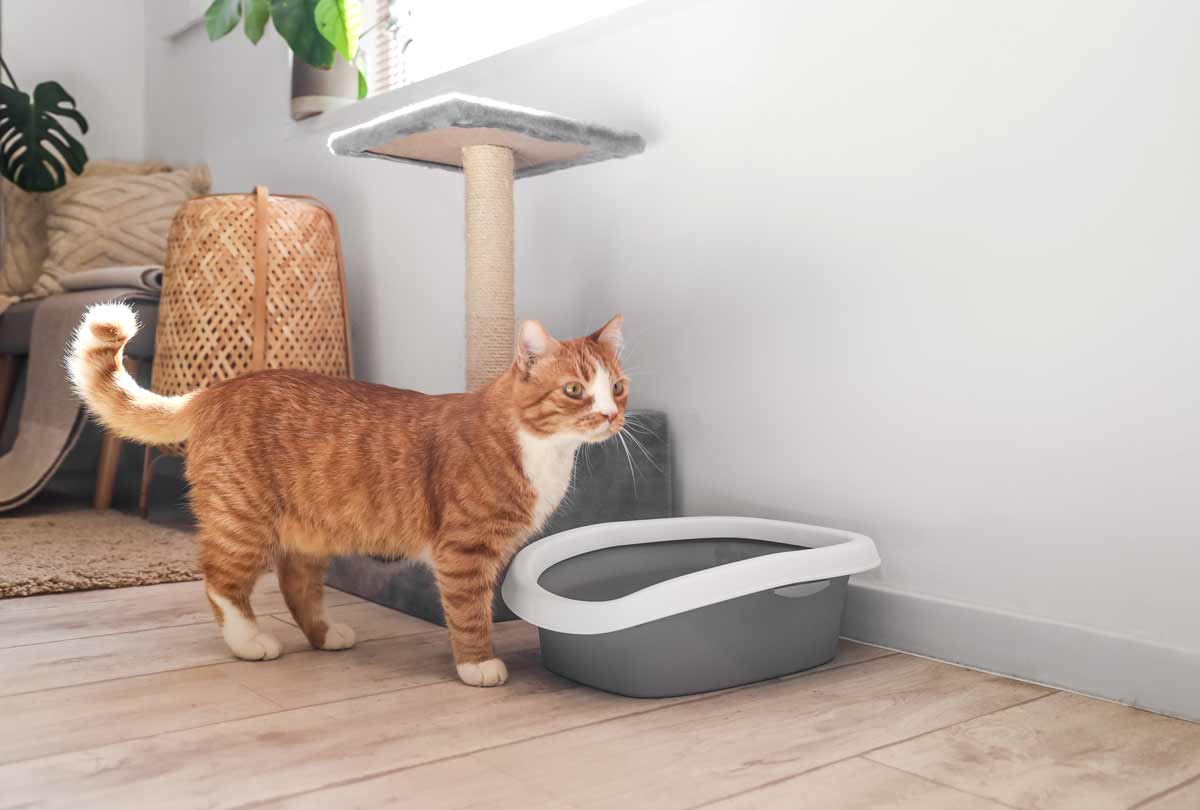
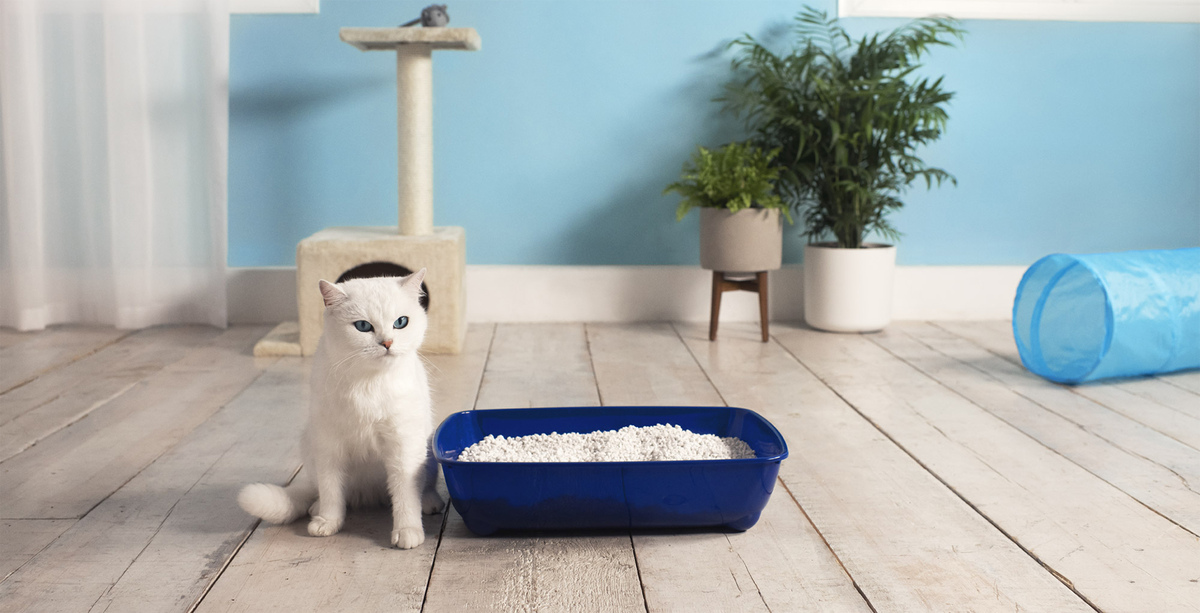
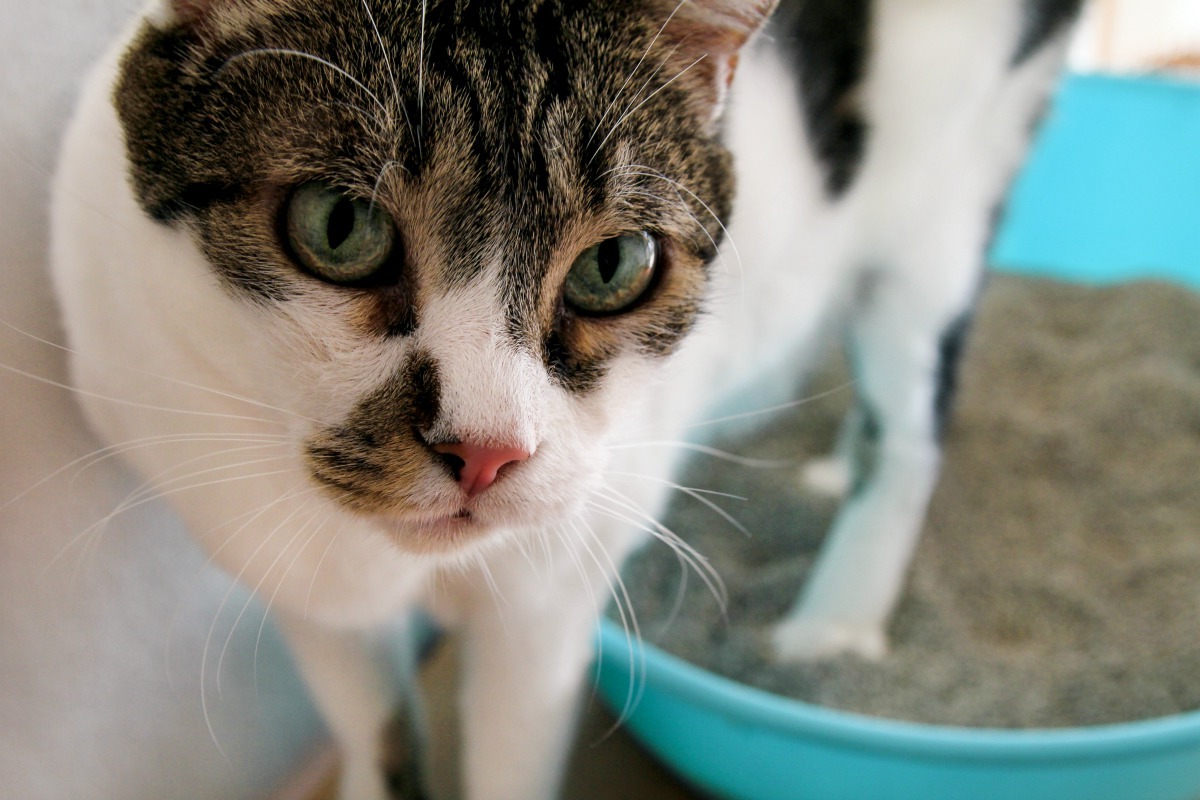
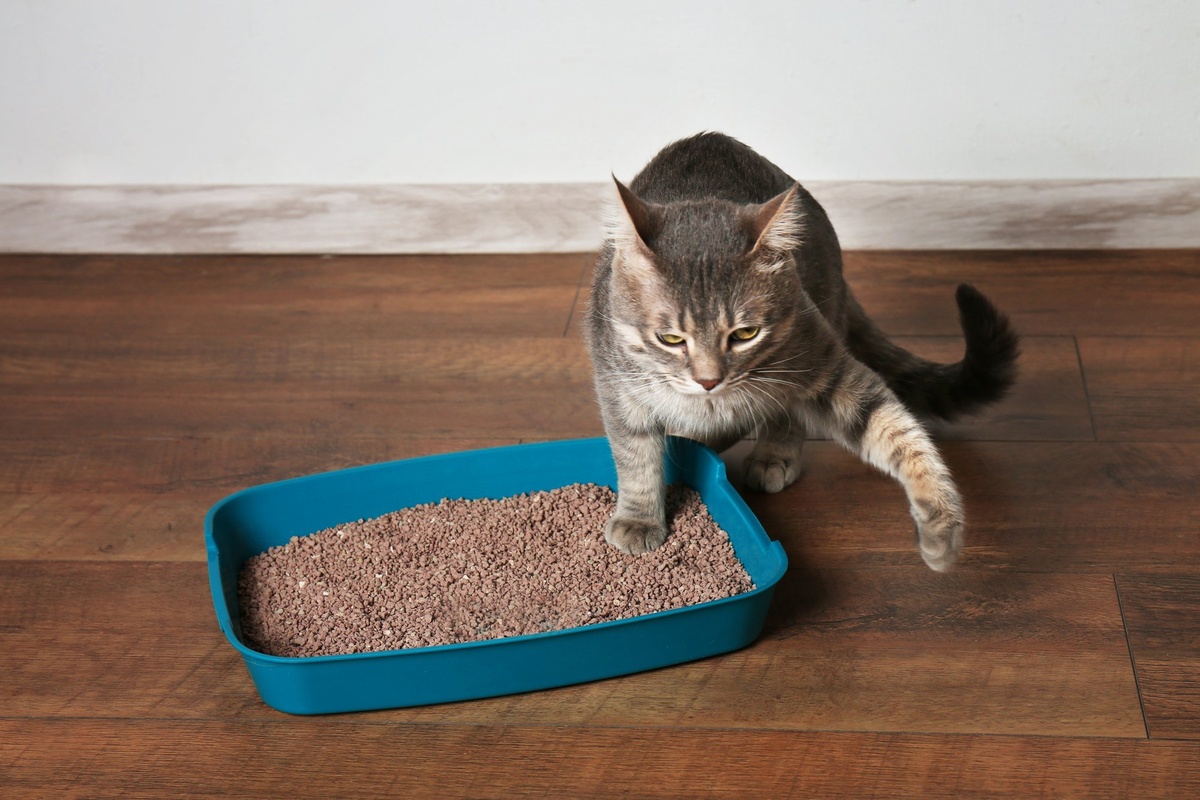
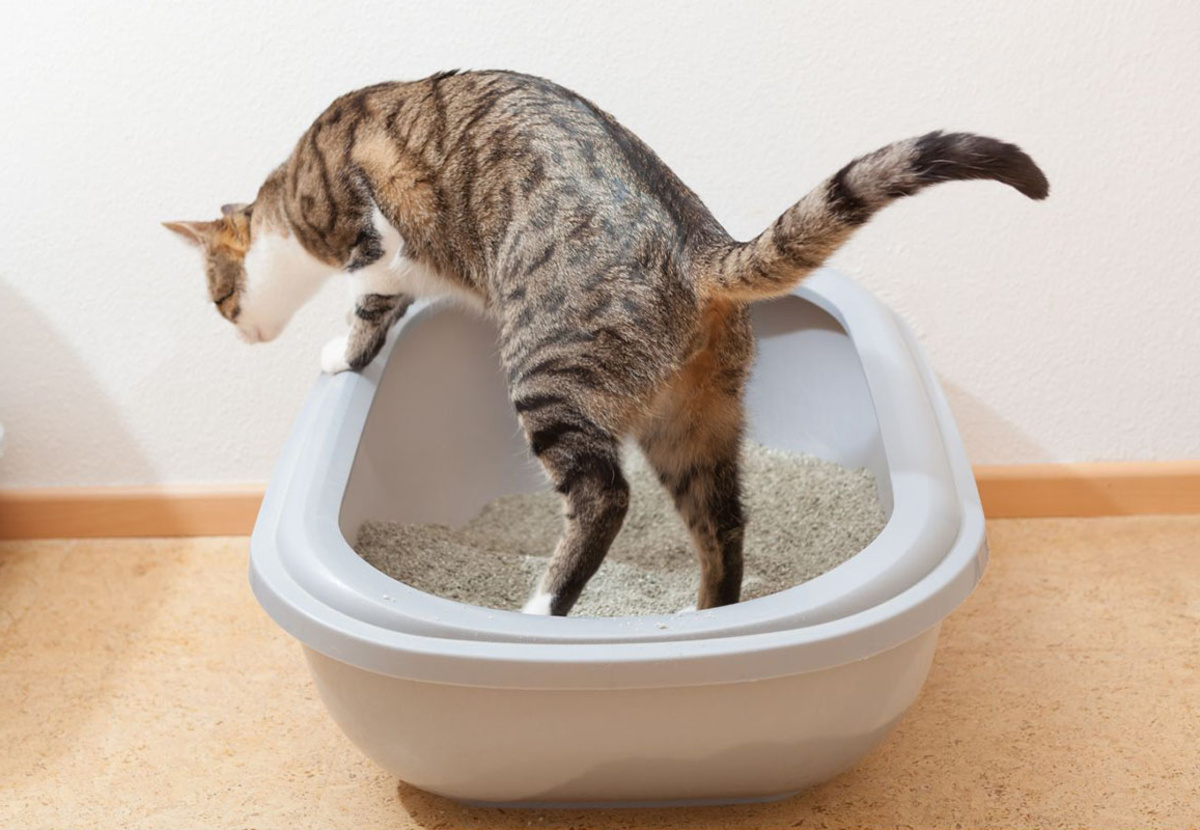
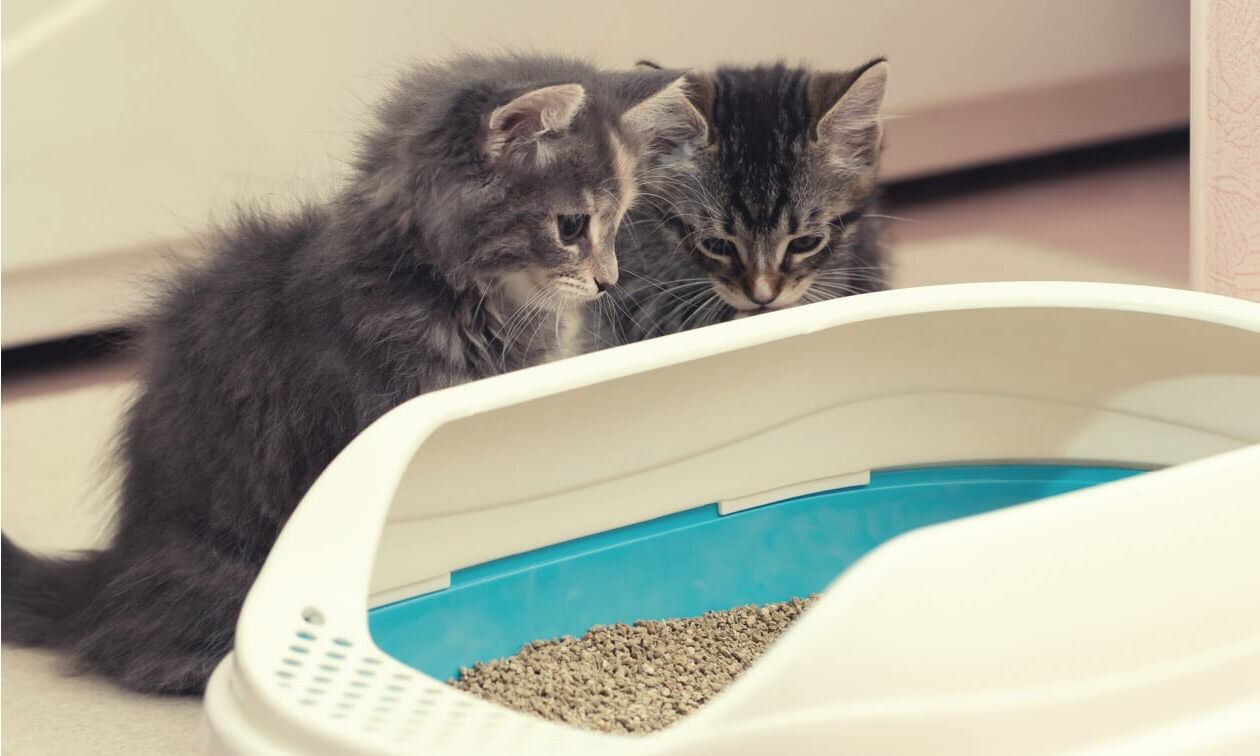
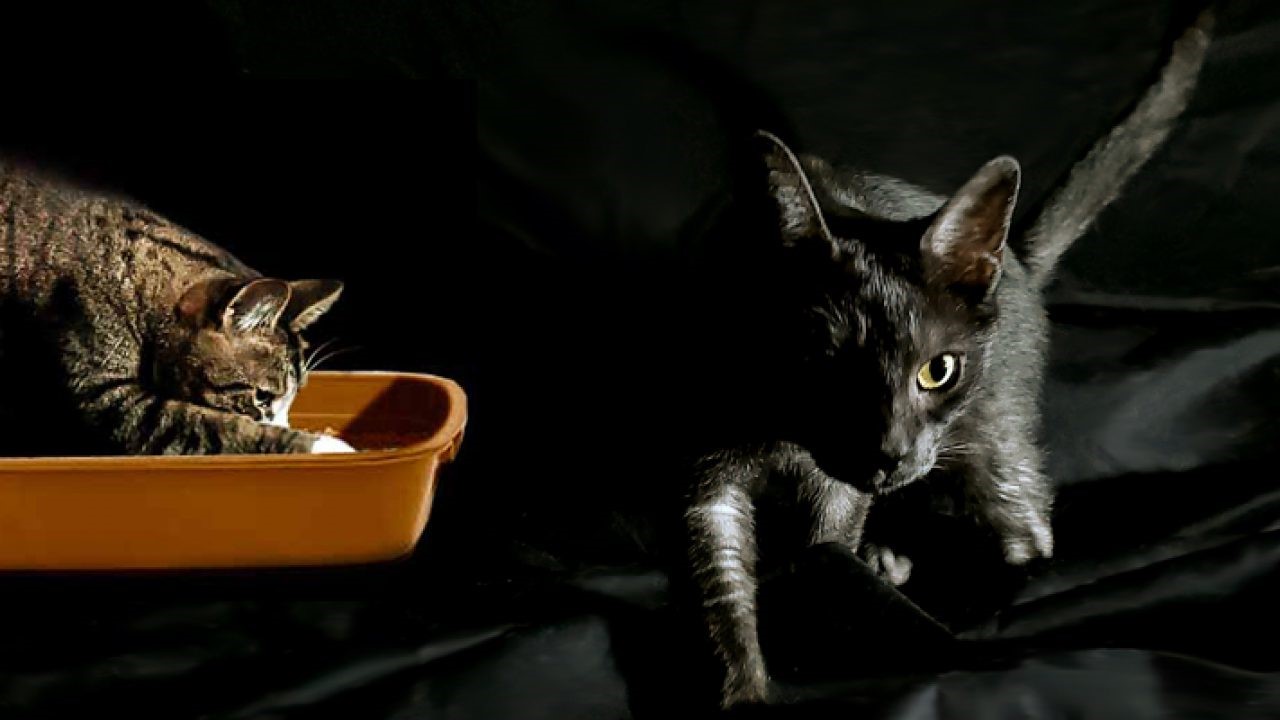
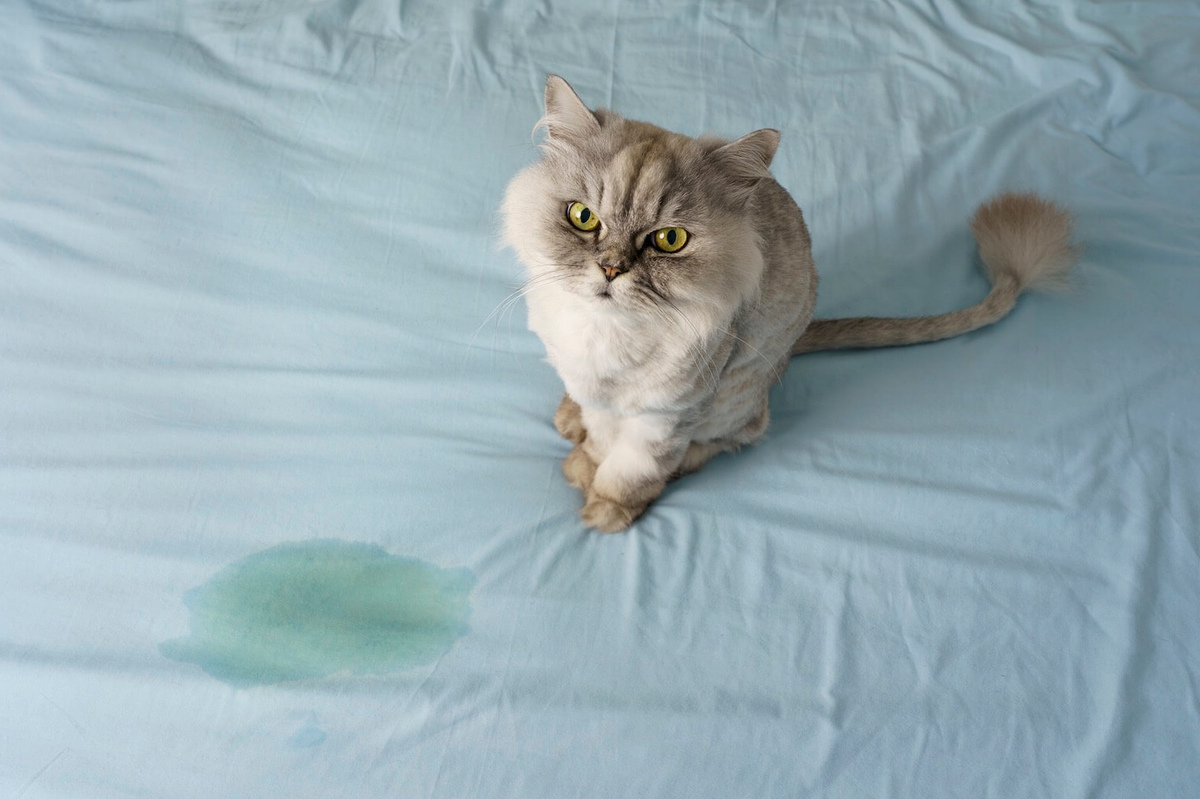
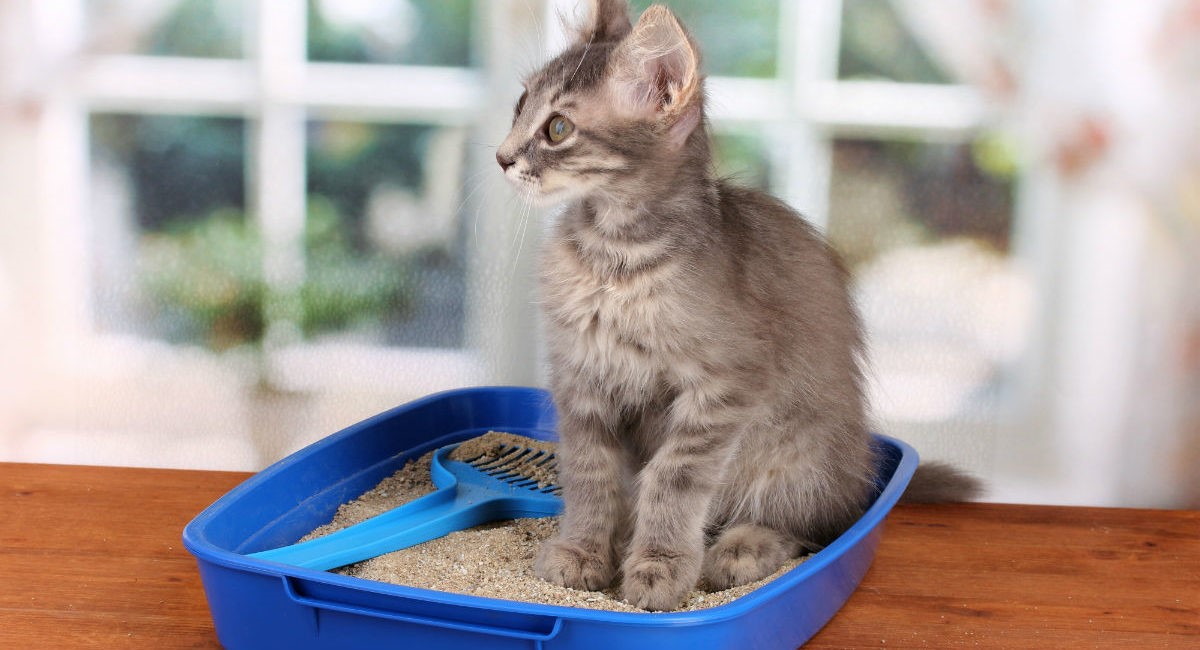
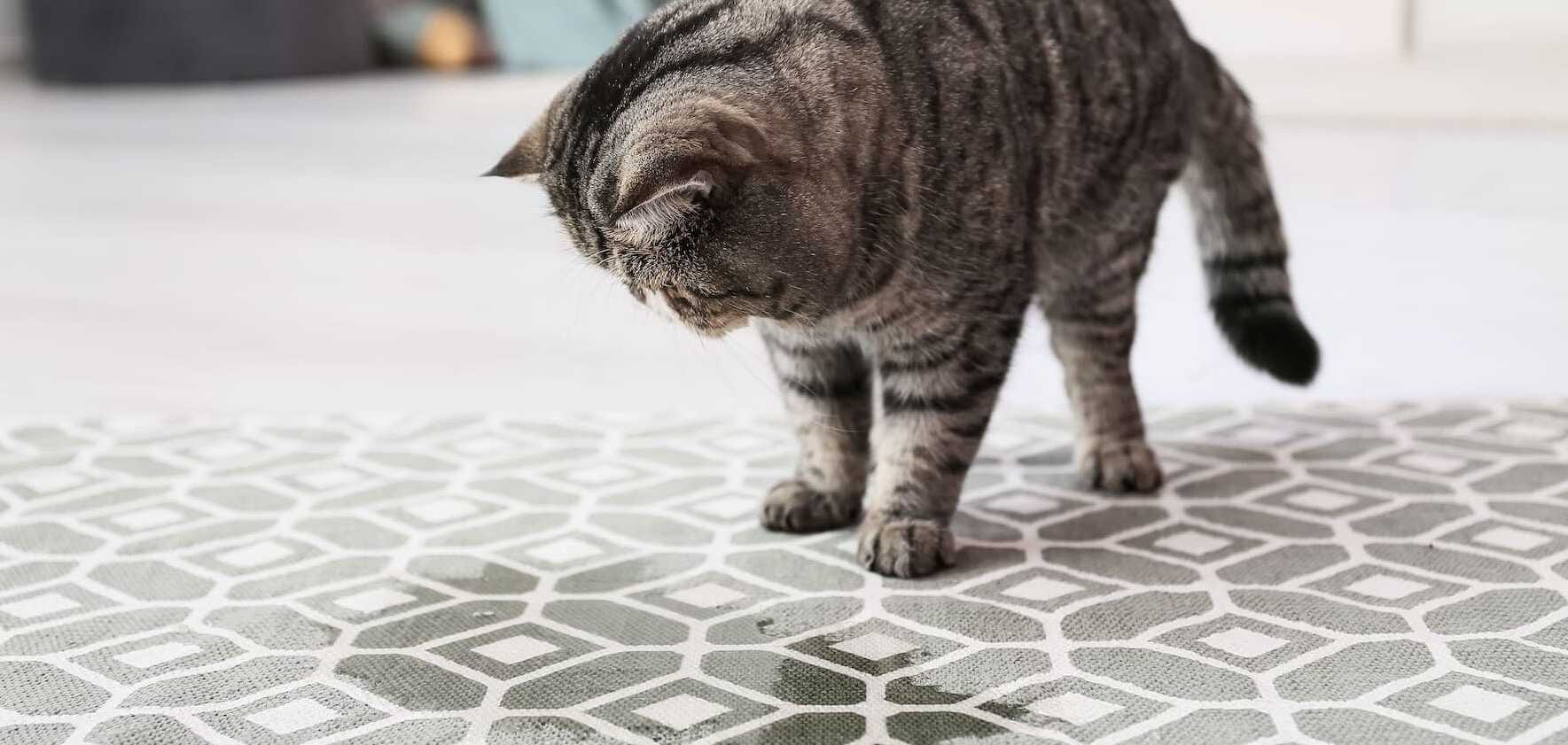
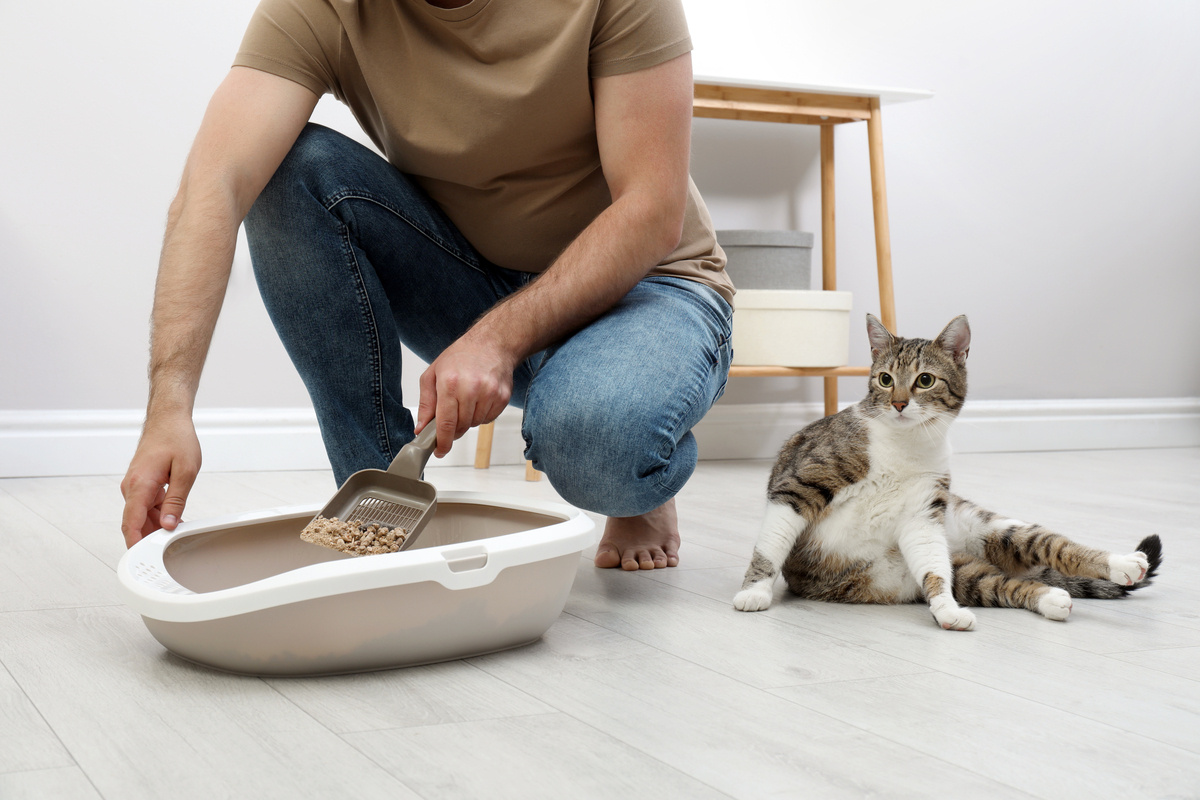
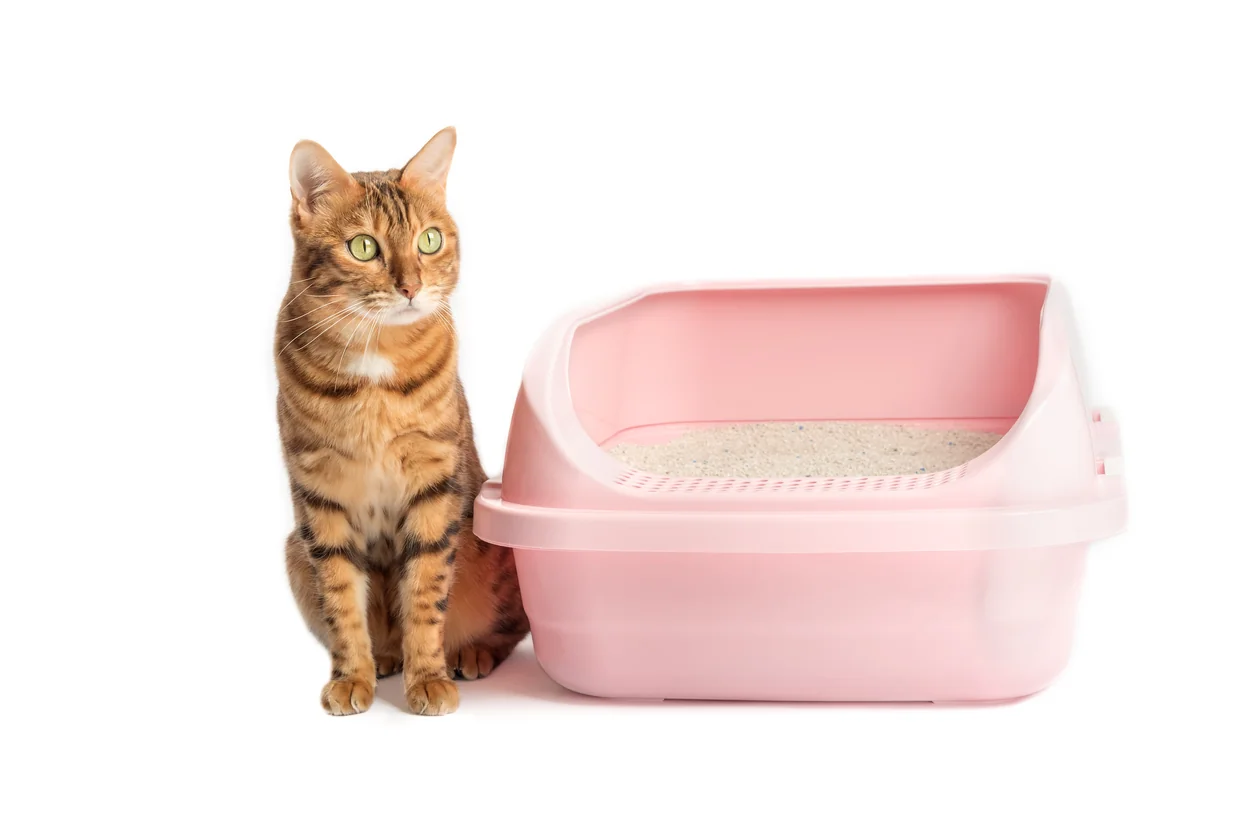
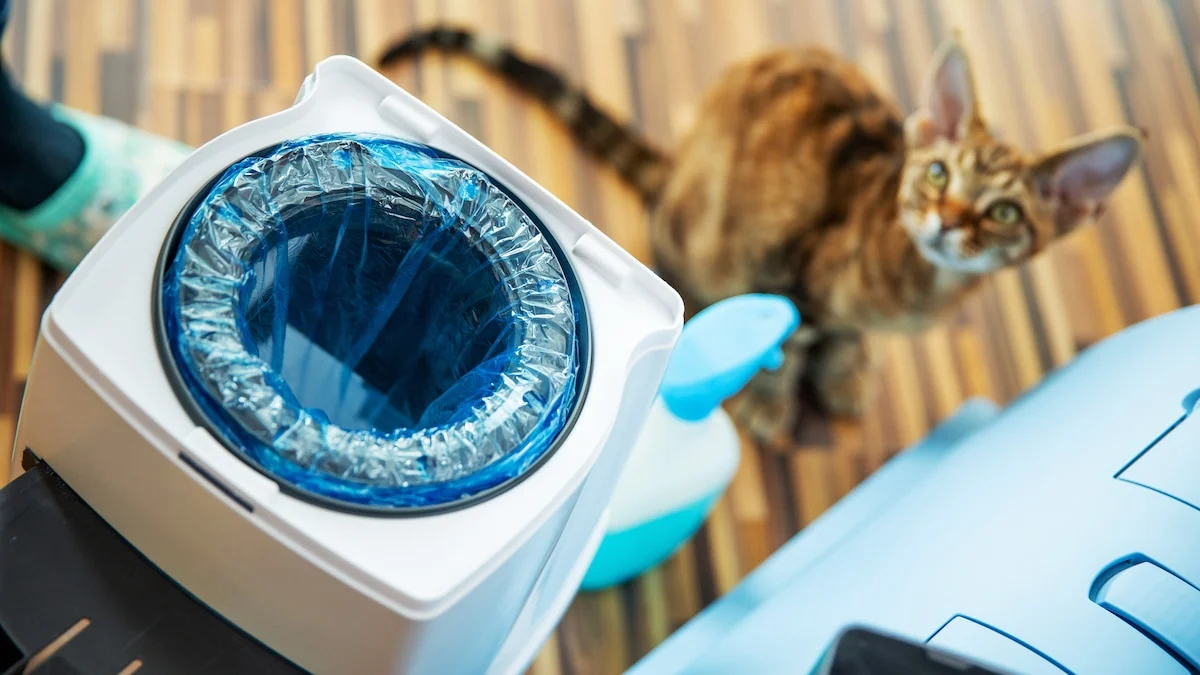

0 thoughts on “Why Cat Won’t Pee In The Litter Box”